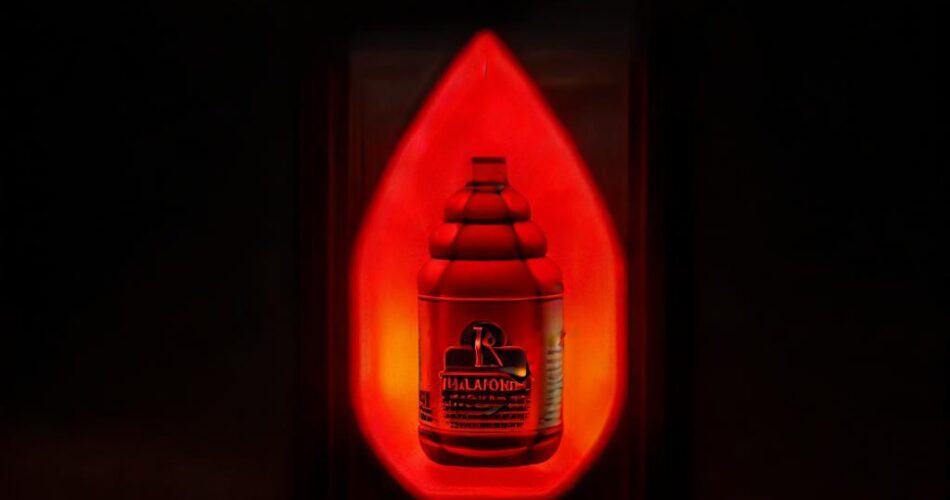Christmas evokes powerful feelings: the warmth of family gatherings, the cozy glow of fireplaces, the comforting scent of gingerbread. These “warm, fuzzy feelings” are precisely what marketers tap into during the holiday season, employing nostalgia marketing to trigger positive emotional responses and drive sales. But the magic of nostalgia isn’t confined to December; its potent appeal can be leveraged throughout the year to build brand loyalty and boost engagement.
Nostalgia marketing plays on our inherent fondness for the past. It evokes memories associated with simpler times, cherished relationships, and a sense of security. Christmas campaigns often use imagery and messaging that harkens back to “the good old times,” featuring vintage aesthetics, familiar carols, and heartwarming family scenes. This resonates deeply with consumers, creating a powerful emotional connection with the brand.
However, the effectiveness of nostalgia transcends seasonal celebrations. Consider the power of a summer campaign showcasing vintage beach photos, evoking memories of carefree childhood summers. A back-to-school campaign could feature retro school supplies and imagery from the 80s or 90s, tapping into the shared experiences of a generation. Even a spring campaign could utilize imagery of blooming flowers reminiscent of childhood gardens, bringing a sense of calm and comfort.
Successfully implementing nostalgia marketing year-round requires a nuanced approach:
* Identify your target audience’s relevant past: Different generations have different “good old times.” Understanding your audience’s age and cultural background is crucial to selecting the right nostalgic touchpoints. A campaign targeting millennials might utilize 90s pop culture references, while a campaign targeting Baby Boomers might draw on imagery from the 50s or 60s.
* Authenticity is key: Forced or inauthentic nostalgia can feel contrived and even offensive. The goal is to evoke genuine emotion, not to exploit sentimentality. Authenticity comes from understanding the nuances of the chosen era and representing it respectfully.
* Modernize the message: While drawing on the past, the campaign must remain relevant to the present. Simply rehashing old imagery won’t suffice. The nostalgic elements should be integrated seamlessly into a modern design and message, creating a harmonious blend of past and present.
* Focus on emotional connection: The primary objective is to create an emotional resonance with the audience. The campaign should aim to evoke positive feelings of happiness, comfort, and connection, associating those feelings with the brand.
* Use the right channels: The chosen platforms should align with the target audience and the overall campaign aesthetic. Vintage-inspired imagery might be well-suited to Instagram, while a retro-themed radio ad could resonate with an older demographic.
By strategically employing nostalgia marketing throughout the year, businesses can cultivate lasting relationships with their customers. It’s about more than just selling a product; it’s about creating a shared emotional experience that fosters brand loyalty and strengthens the connection between the brand and its audience. The key is to understand the power of memory and emotion, and to use that understanding to craft campaigns that resonate deeply and meaningfully with consumers, regardless of the season.
